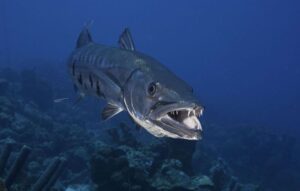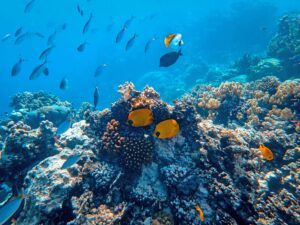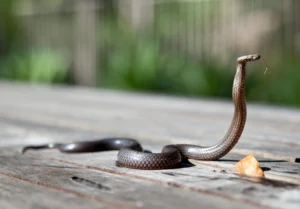Discovery of thriving animal worlds beneath the seabed!

Complete communities of multicellular animals live in darkness, in hidden cavities beneath the deep ocean floor, according to a new study.
A team of researchers made this discovery, indicating the presence of a more complex hydrothermal ecosystem than previously known in the depths of the ocean surrounded by perpetual darkness, where immense pressure and extreme cold create conditions inhospitable to humans.
Marine biologist Monika Bright from the University of Vienna told ScienceAlert: “We were surprised because we didn’t know there were cavities there.” Geologists had previously described these cavities, but they had not seen any animals, and we biologists did not know that the cavities existed.
But as soon as we tried to collect the rocks to search for tubeworm larvae on the surface, we discovered the cavities and found the animals.
These cavities are located at a depth of 2,515 meters below the ocean surface, in the hydrothermal vent field of the East Pacific Rise, which is a difficult-to-access area.
However, this volcanically active area contains vents that leak heat and minerals, providing a chemical foundation on which marine food webs are built.
The advancement in remote control technology has made it possible to send equipment to great depths. Bright and her colleagues conducted this mission aboard the research vessel “Falkor,” where they used the remotely operated vehicle SuBastian to study the life clustered around the vents in the East Pacific Rise, conduct surveys, and collect samples.
At least 10 species of living organisms have been documented within the cavities, including polychaete worms, marine snails, and the giant tube worm Riftia pachyptila.
Some of the same species were also found on the surface and in the cracks of the lava, indicating a connection between the seabed and the cavities beneath it.
And so far, the extent or prevalence of these cavities is not known, but researchers emphasize that the discovery indicates the need for more efforts to understand and protect animals from human activities, such as deep-sea mining.
Source: Science Alert







